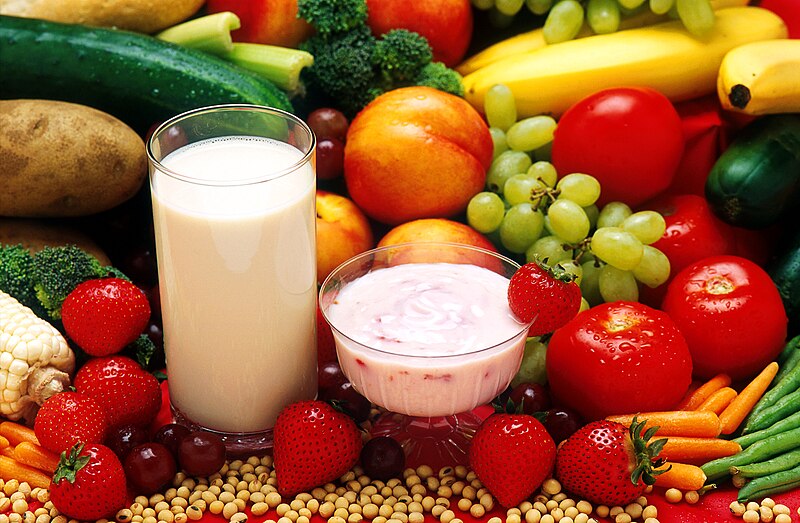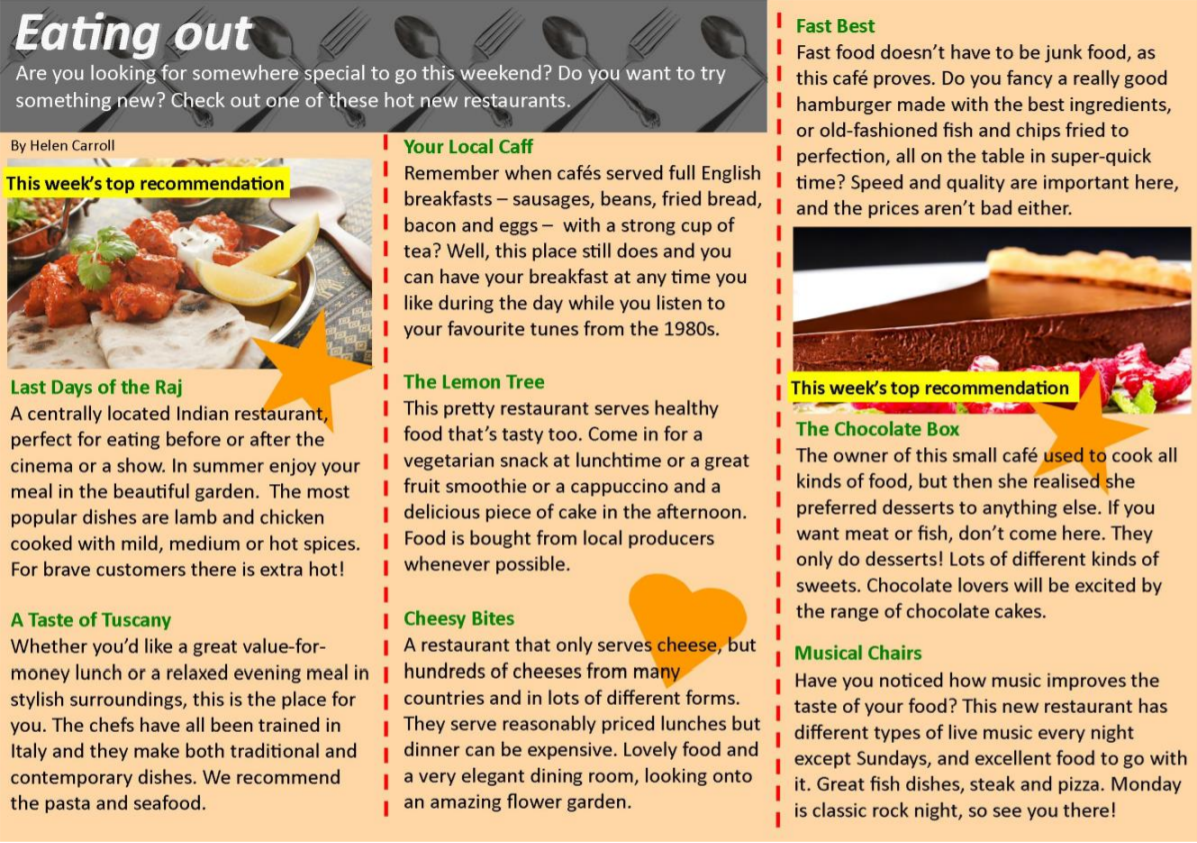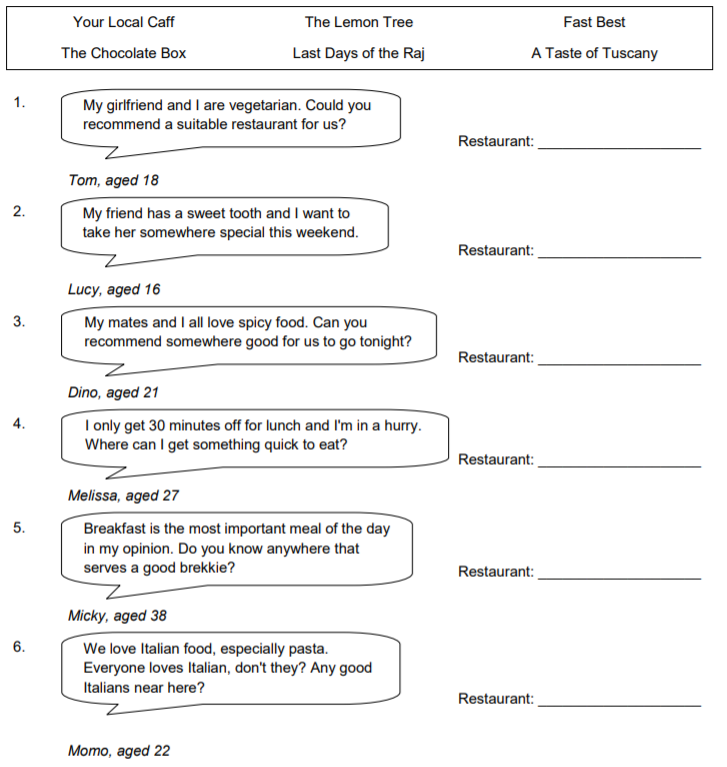Het arrangement 2BBL/KBL Unit 11: Food and Drink - 2020-2021 is gemaakt met Wikiwijs van Kennisnet. Wikiwijs is hét onderwijsplatform waar je leermiddelen zoekt, maakt en deelt.
- Auteur
- Laatst gewijzigd
- 27-05-2021 09:23:04
- Licentie
-
Dit lesmateriaal is gepubliceerd onder de Creative Commons Naamsvermelding 4.0 Internationale licentie. Dit houdt in dat je onder de voorwaarde van naamsvermelding vrij bent om:
- het werk te delen - te kopiëren, te verspreiden en door te geven via elk medium of bestandsformaat
- het werk te bewerken - te remixen, te veranderen en afgeleide werken te maken
- voor alle doeleinden, inclusief commerciële doeleinden.
Meer informatie over de CC Naamsvermelding 4.0 Internationale licentie.
Aanvullende informatie over dit lesmateriaal
Van dit lesmateriaal is de volgende aanvullende informatie beschikbaar:
- Toelichting
- 2BBL/KBL Unit 11 Food and Drink
- Eindgebruiker
- leerling/student
- Moeilijkheidsgraad
- gemiddeld
Gebruikte Wikiwijs Arrangementen
Het Perron Engels Onderbouw. (2019).
2BBL/KBL Unit 11: Food and Drink
https://maken.wikiwijs.nl/126593/2BBL_KBL_Unit_11__Food_and_Drink



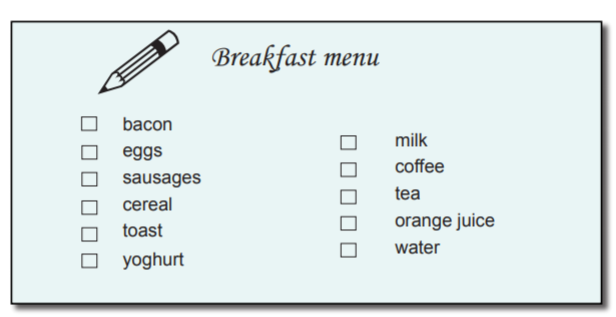
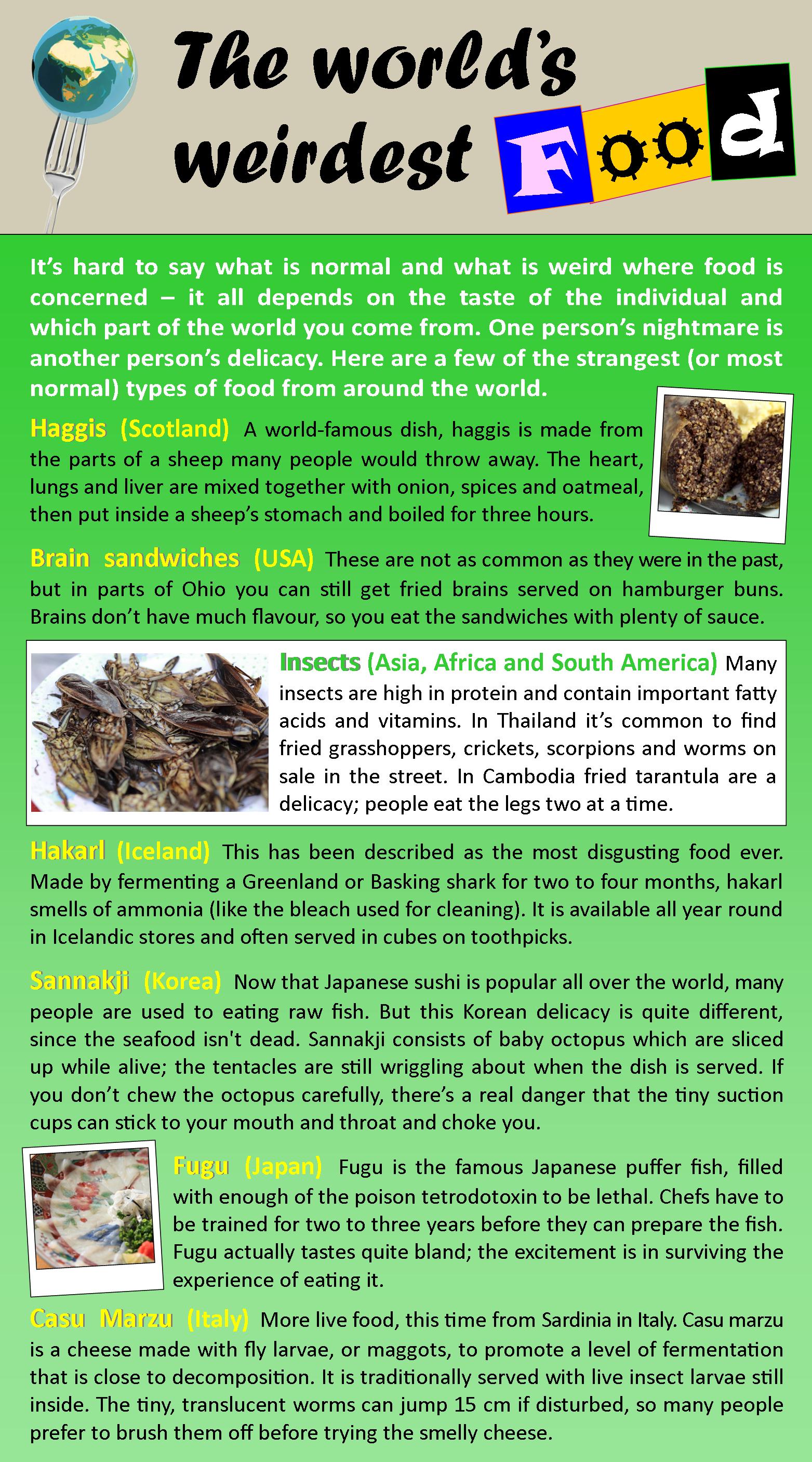

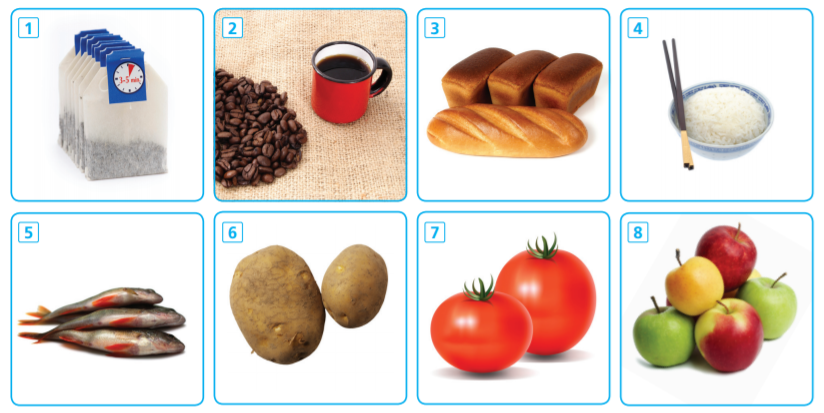

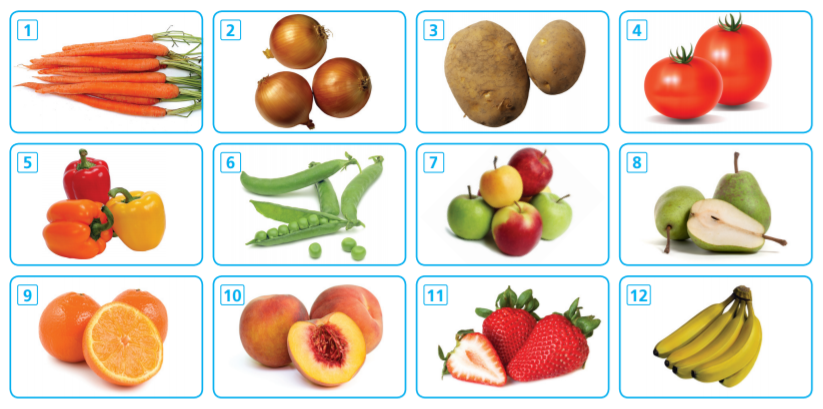

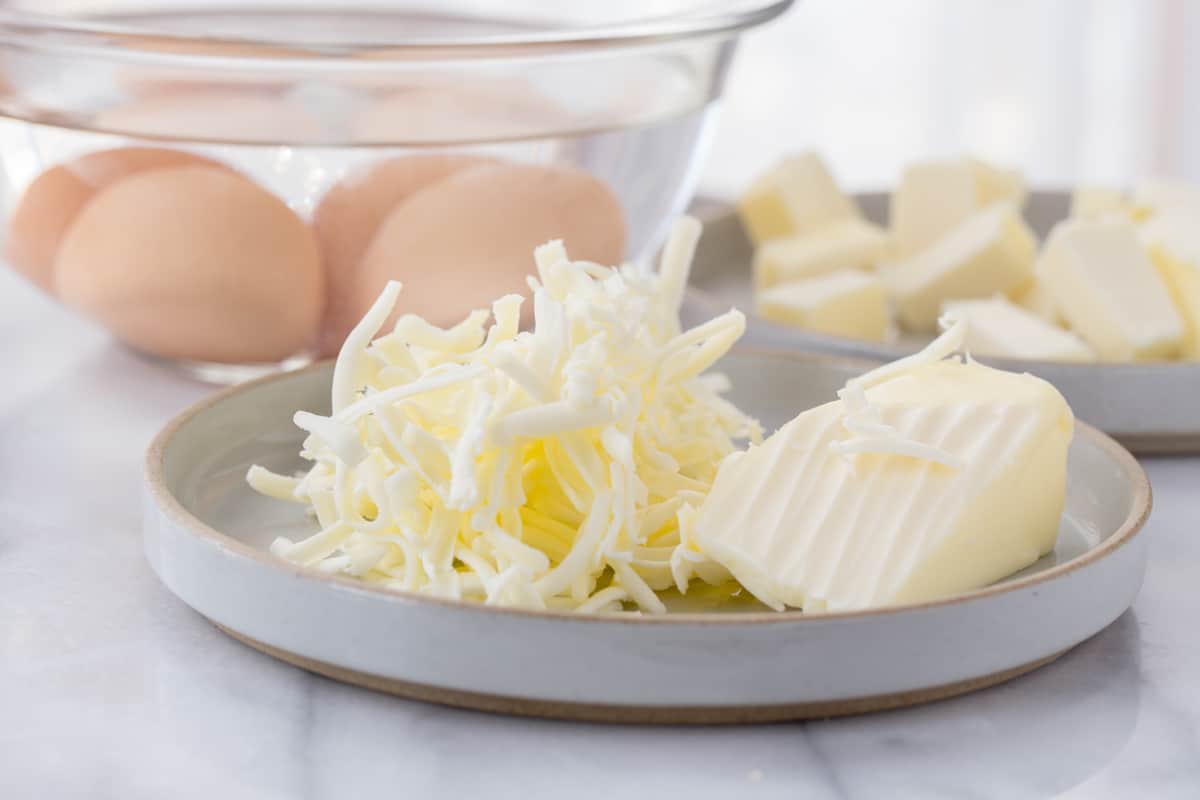

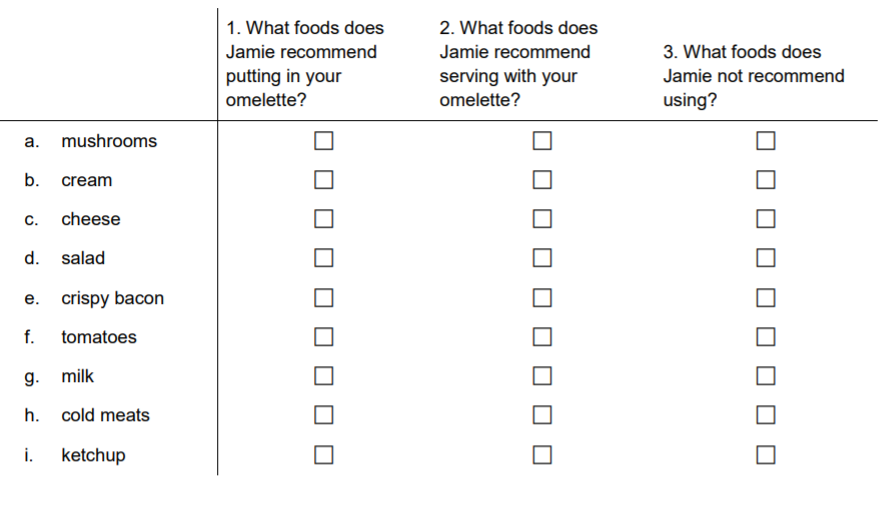
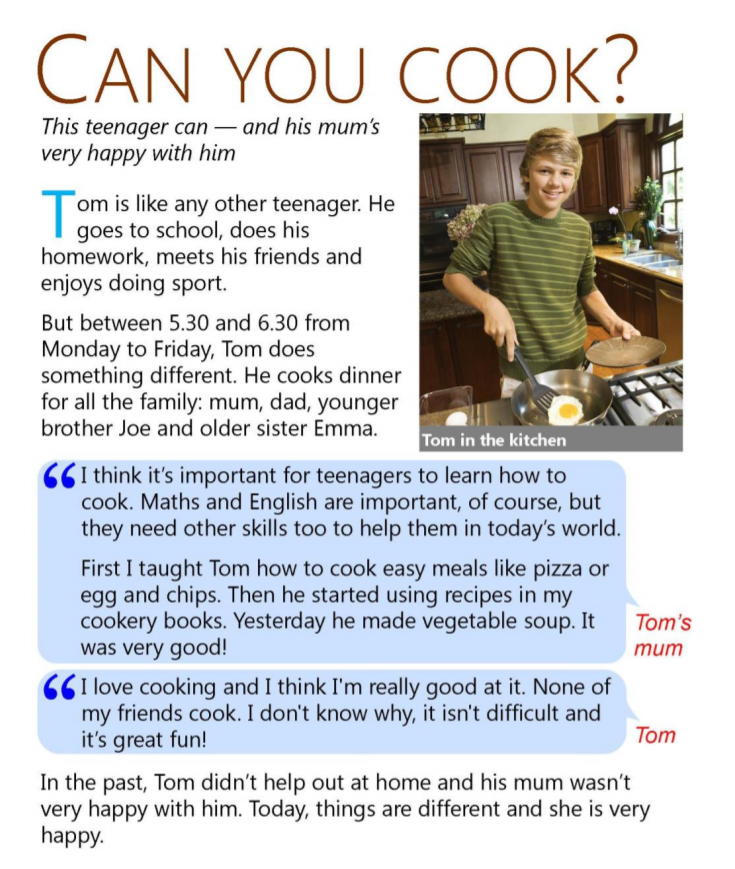


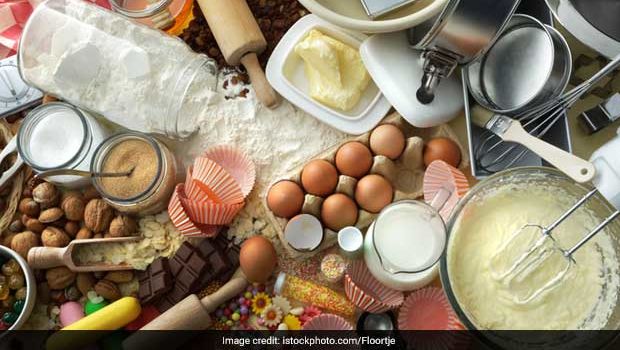

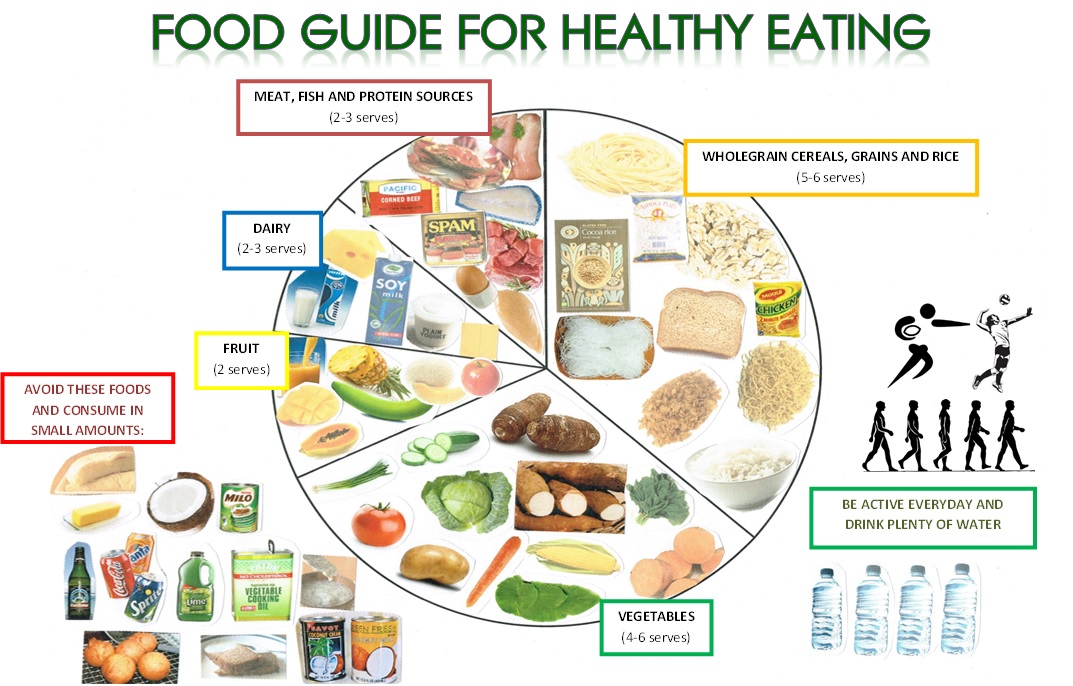
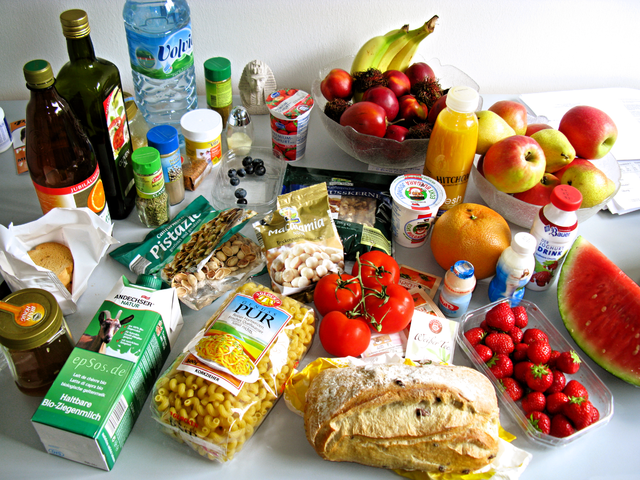
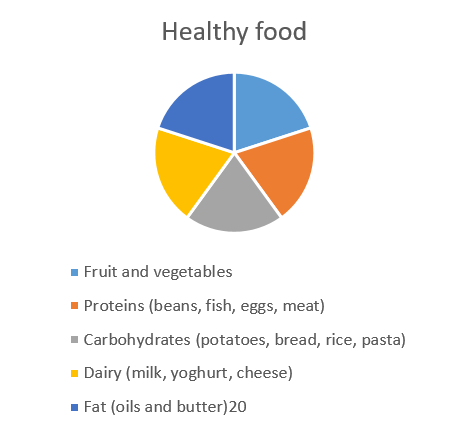 food groups.
food groups. Make a poster in English of your perfect menu for the school cafetaria.
Make a poster in English of your perfect menu for the school cafetaria.
